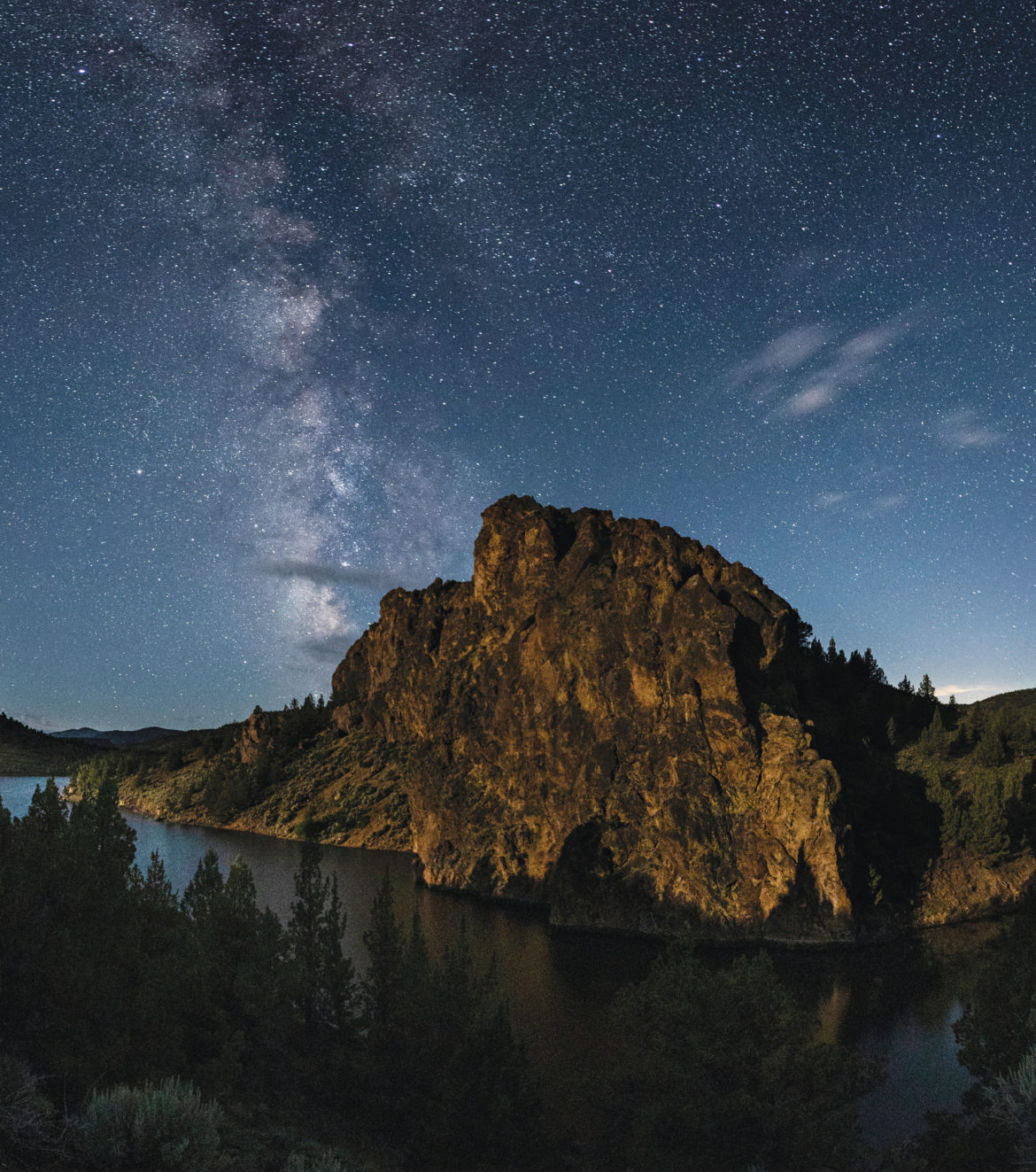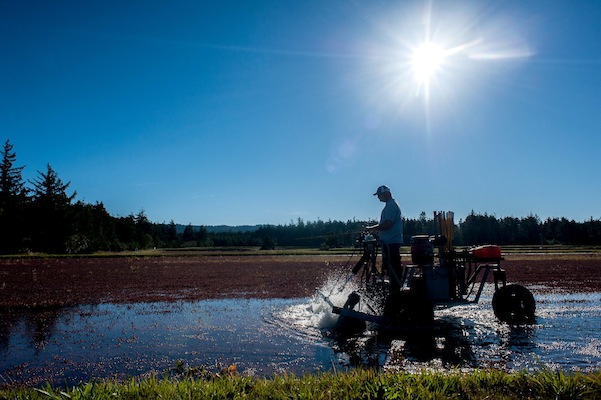Stargazing goes big in Oregon with global recognition
written by Cathy Carroll
Everyone may think there’s nothing to stepping outside and stargazing, but like many things in the world, some places are simply better for some things than others. When it comes to being knocked out just by looking up, a few places in Oregon have been designated as the best in the world.
Prineville Reservoir State Park in Central Oregon is one. It’s the first Oregon park to be a certified International Dark Sky Park, the newest addition to the International Dark Sky Places Program. The only other such place in the state is in Sunriver, just south of Bend.
It turns out that being a dark place requires effort. In Prineville, state park workers replaced harsh outdoor lights with softer yellow and red lighting that reduces “skyglow,” and they educated the public about light pollution. The reservoir joins 174 spots around the globe that followed the rigorous application process for dark sky certification.
Bill Kowalik of Bend, chair of the Oregon Chapter of the International Dark-Sky Association, said the park not only gives visitors from light-polluted cities a premier stargazing experience, it helps show the public and officials of rapidly growing Central Oregon how the night sky benefits people and the greater wild ecosystem, and that battling light pollution matters.
Kowalik offered these tips for catching upcoming celestial events:
- New Moon periods during September and October the week of September and October 6.
- The Draconid meteor shower October 6 through 10, peaking on October 8. For the best eye-full, start gazing shortly after dusk.
Other prime viewing areas in Oregon include:
- Jasper Point, east of Prineville Reservoir State Park
- The Sunriver Nature Center & Observatory—reserve one-hour sessions including night-sky viewing through telescopes with staff astronomers and a guided constellation tour.
- Cottonwood Canyon State Park, near The Dalles
When it comes to being knocked out just by looking up, a few places in Oregon have been designated as the best in the world.
An effort to nominate a site in Lake County as an International Dark Sky Place is also underway. Community leaders including Bob Hackett, executive Director of Travel Southern Oregon, have been working for nearly three years, talking with public land managers, business owners, ranchers and county and tourism officials, forming the Outback Dark Sky Network, which meets regularly.
“It’s slow work and work designed to build trust and advocacy,” said Hackett. “The word ‘designation’ is not necessarily viewed positively in the Outback … There is no legally binding anything—for private landholders or public lands agencies in (International Dark Sky) recognition. But it must be sustained with a community commitment to outreach and education and light-quality monitoring.”
The bottom line is that the Outback of central southern Oregon is one of the darkest places in America, said Hackett. The Outback network is using sky-quality meters across the region to collect night-sky darkness data aimed at certifying the area’s stargazing prowess.
The best places for Outback stargazing are, said Hackett:
- Hart Mountain Antelope Refuge and Hot Springs
- Summer Lake
- Paisley
- The Warner Canyon area
- The Winter Rim area
In addition to campgrounds in these areas, Summer Lake Hot Springs and Summer Lake Resort have cabins, RV spots and Airbnb options including the Fremont Point Lookout Cabin on Winter Rim.









